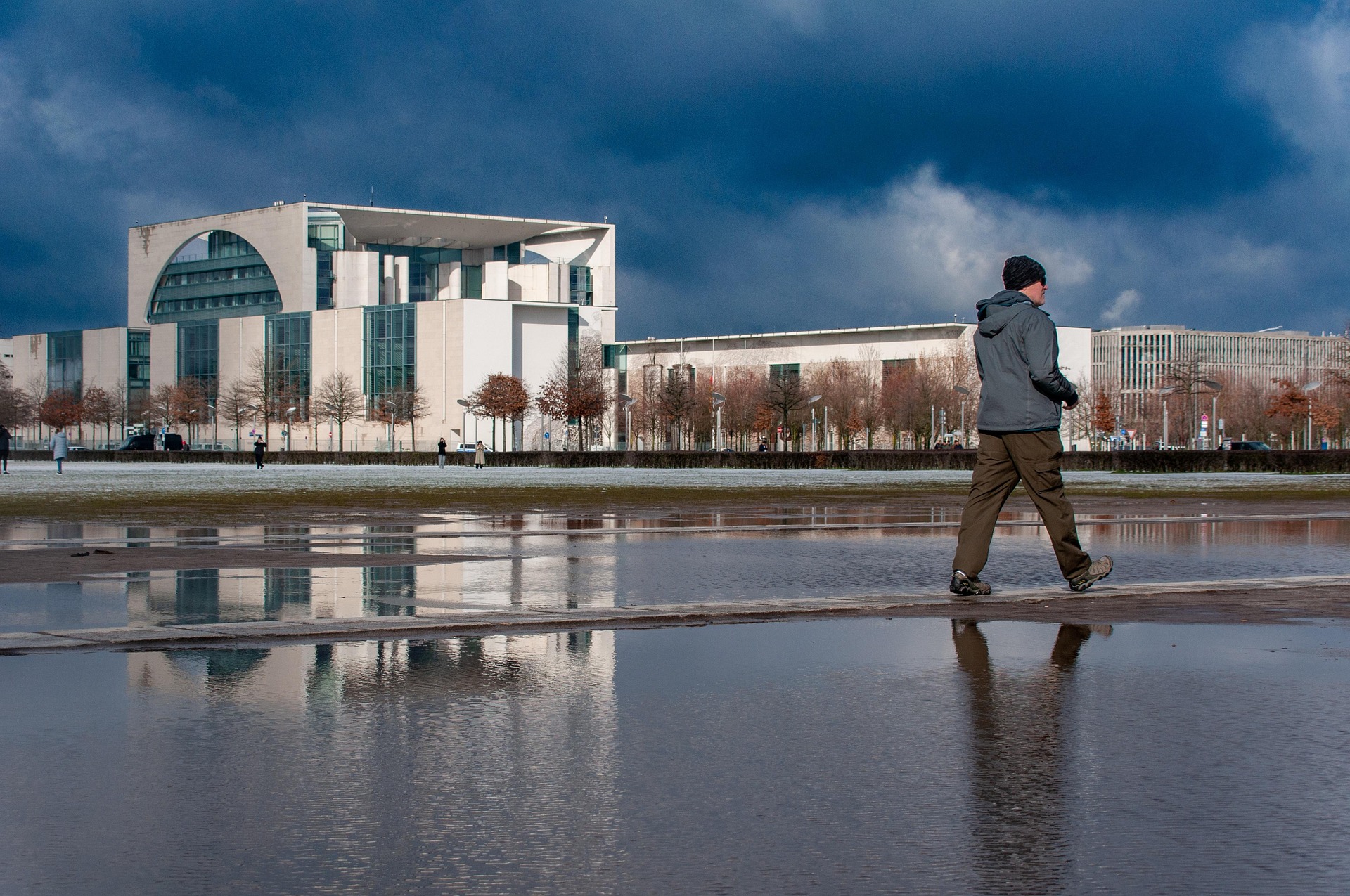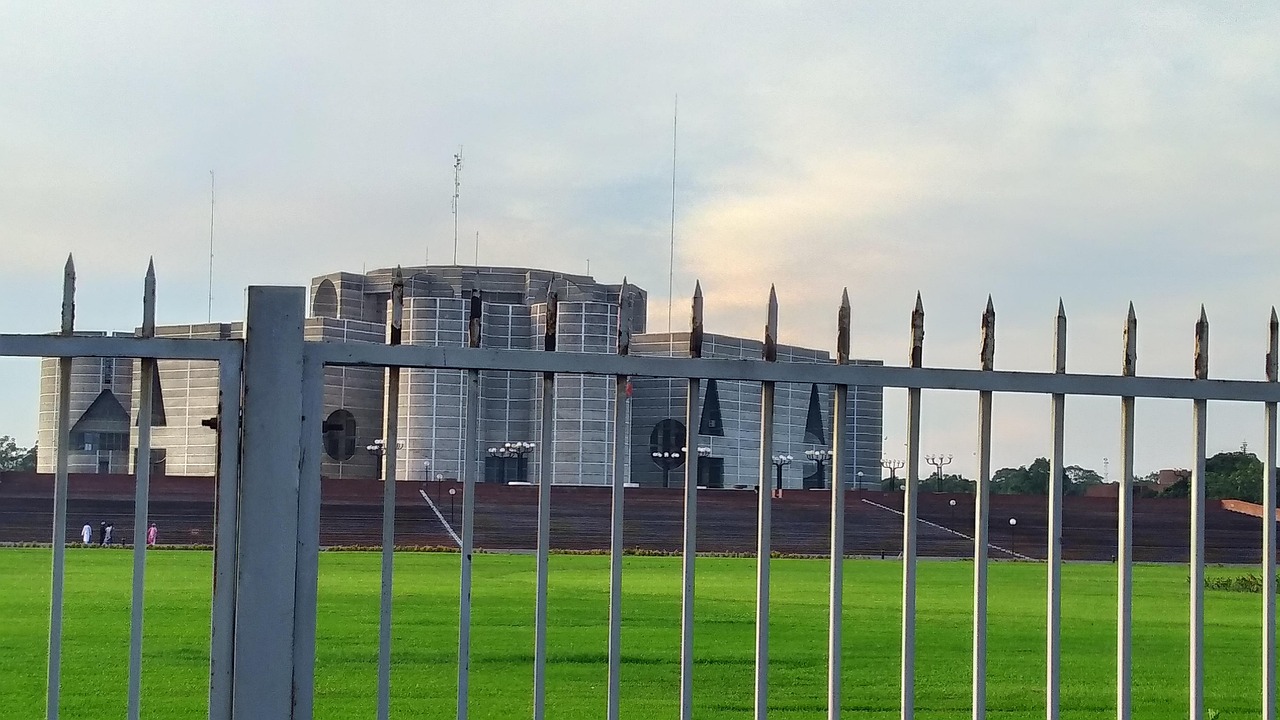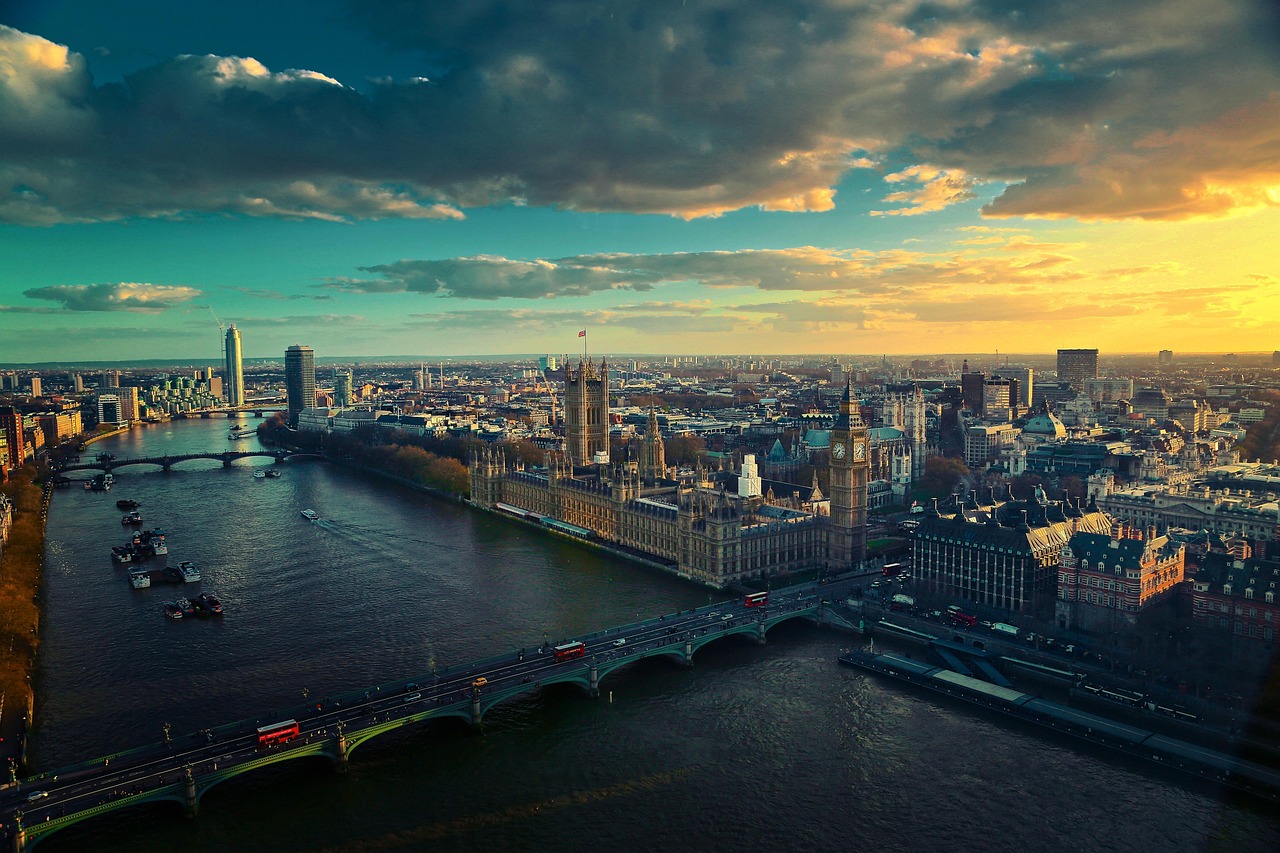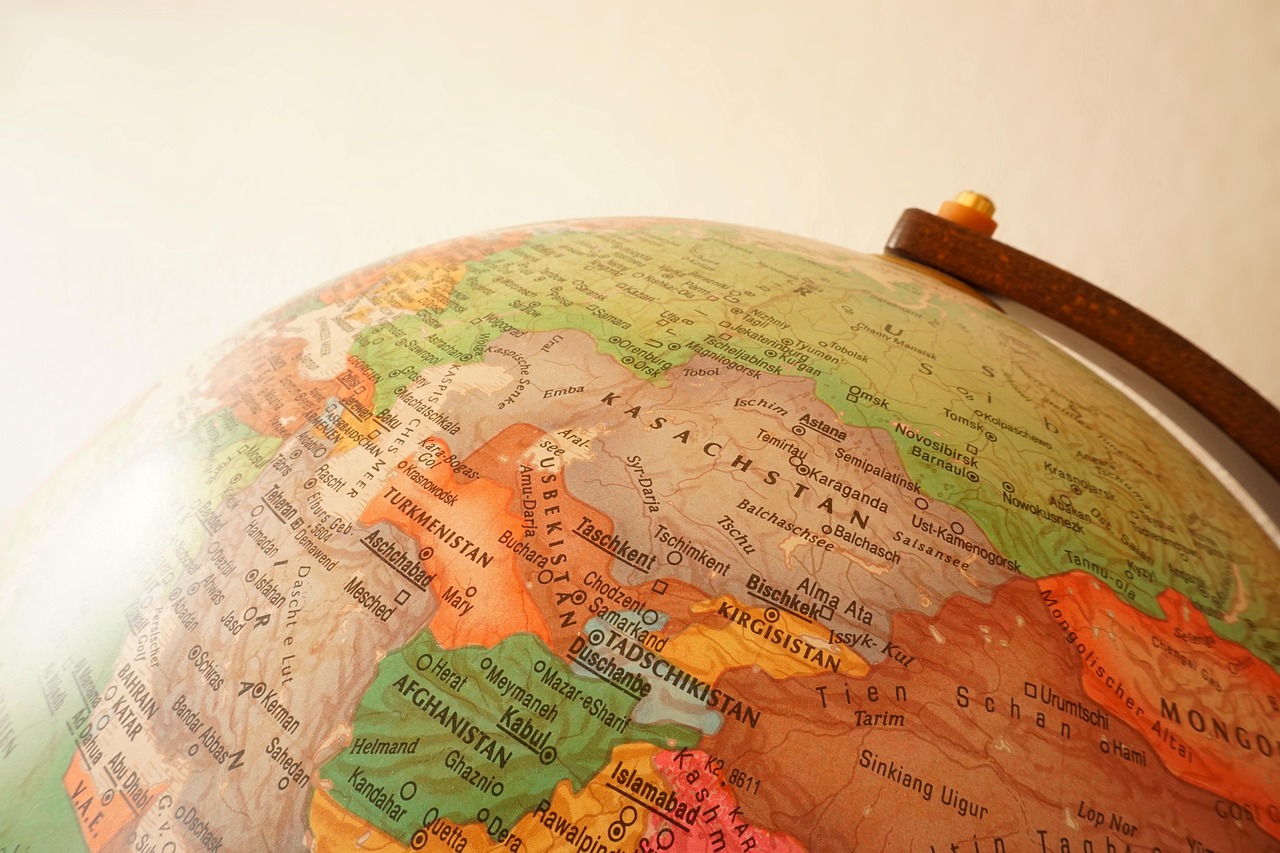Youth in Politics: The Next Generation of Change
1. The Rise of Young Leaders
In recent years, countries like Finland, Chile, and New Zealand have seen young politicians take on major leadership roles. Whether it’s Sanna Marin becoming one of the youngest Prime Ministers or Gabriel Boric leading progressive reform in Latin America, youth-led governance is proving capable and bold.
“Age doesn’t define leadership; courage and clarity do.” — Youth Parliament Delegate, Amina Hassan
2. Youth-Led Movements and Activism
Movements like Fridays for Future, Black Lives Matter, and End SARS in Nigeria show how young activists are leading protests and shaping policy. These movements use social media, grassroots organizing, and public pressure to influence national agendas and hold leaders accountable.
3. Technology as a Political Tool
Digital platforms have enabled youth to bypass traditional political barriers. Hashtags, livestreams, and viral campaigns are now central to political engagement. Gen Z and millennials are not just content consumers — they are political content creators, influencing opinion and turnout.
4. Barriers to Youth Participation
Despite their activism, many young people still face barriers to entering formal politics. These include age restrictions, lack of resources, limited mentorship, and systemic biases within party structures. Electoral reforms and youth quotas are being proposed in several nations to bridge this gap.
5. The Role of Education and Awareness
Civic education remains essential to informed youth participation. Schools and universities are increasingly integrating politics and policy discussions, empowering students to think critically and act confidently. Programs like Model UN and Youth Parliaments provide early exposure to governance.
6. Climate, Gender, and Equity: Youth Priorities
Young voters prioritize issues such as climate action, gender equality, mental health, and digital rights. Unlike previous generations, they approach politics through a lens of intersectionality, demanding inclusive policies that address layered injustices.
7. Youth in Electoral Politics
While activism is rising, formal political representation by youth remains limited. Encouraging young candidates, supporting youth-led parties, and reducing campaign barriers are critical to long-term democratic renewal. Countries that have lowered the voting age or introduced youth parliaments have seen higher engagement levels.
“If we are old enough to protest, we are old enough to vote—and lead.” — Student Activist, Miguel Torres
Conclusion: The Future Belongs to the Brave
Youth in politics is no longer a future aspiration — it is a present reality. As young people bring innovation, urgency, and authenticity to public life, the political world must make space for them at every table. Supporting this movement is not just an investment in the future, but a necessity for today’s global challenges.











